Today we have some photos from the Galápagos by Ephraim Heller. His narration and IDs are indented, and you can enlarge the photos by clicking on them.
You have published lots of photos from the Galapagos Islands over the years. Here is my contribution to the genre. I took these photos on a March 2022 trip. They are divided into two classes first identified by Linnaeus: birds and non-birds. Each will be posted separately. First the non-birds.Galapagos sea lions (Zalophus wollebaeki). Sea lions use whiskers for social communication (from Chilling Seals):Sea lions, like other pinnipeds, have a highly developed sense of touch, which they utilize both in their aquatic and terrestrial environments. They possess long, sensitive whiskers known as vibrissae, which are dense clusters of sensory hair follicles. These vibrissae play a crucial role in the sea lion’s ability to navigate through their environment, locate and capture prey, and communicate with conspecifics.Research suggests that sea lions do, in fact, use their vibrissae to recognize each other. These whiskers are rich in nerve endings, allowing them to perceive even subtle tactile cues. When sea lions come into close contact, they engage in a behavior known as ‘whisker touching,’ where they gently touch each other’s vibrissae. This behavior is considered a form of non-vocal communication and is thought to serve as a means of social bonding and identification.Each sea lion’s whisker pattern is unique, similar to a human fingerprint, allowing for individual identification. Sea lions use their whiskers to recognize each other by comparing the unique pattern and structure of the vibrissae. This recognition process involves a combination of tactile exploration and visual inspection. Sea lions often nuzzle or touch each other’s whiskers to gather information about the individual they are interacting with.Furthermore, sea lions possess a specialized neural network in their brain known as the somatosensory system, which processes information from their vibrissae. This system allows them to discriminate between different whisker patterns, aiding in the recognition and identification of conspecifics.
Sea lion pup being cute. They are experts at this:
Nursing sea lion pup:
Galápagos green turtle (Chelonia mydas). Per Wikipedia:
A subspecies of the green sea turtle. The species’ common name does not derive from any particular green external coloration of the turtle. Its name comes from the greenish color of the turtles’ fat, which is only found in a layer between their inner organs and their shell.Since green sea turtles migrate long distances during breeding seasons, they have special adaptive systems in order to navigate. In the open ocean, the turtles navigate using wave directions, sun light, and temperatures. The sea turtles also contain an internal magnetic compass. They can detect magnetic information by using magnetic forces acting on the magnetic crystals in their brains. Through these crystals, they can sense the intensity of Earth’s magnetic field and are able to make their way back to their nesting grounds or preferred feeding grounds.
Galápagos giant tortoise (Chelonoidis niger). Per Wikipedia:
The species comprises 15 subspecies (13 extant and 2 extinct). It is the largest living species of tortoise, and can weigh up to 417 kg (919 lb). They are also the largest extant terrestrial cold-blooded animals (ectotherms). With lifespans in the wild of over 100 years, it is one of the longest-lived vertebrates. Captive Galapagos tortoises can live up to 177 years.Galápagos tortoises are native to seven of the Galápagos Islands. Shell size and shape vary between subspecies and populations. On islands with humid highlands, the tortoises are larger, with domed shells and short necks; on islands with dry lowlands, the tortoises are smaller, with “saddleback” shells and long necks. Charles Darwin’s observations of these differences on the second voyage of the Beagle in 1835, contributed to the development of his theory of evolution.
Galapagos marine iguanas (Amblyrhynchus cristatus). Per Wikipedia:
Unique among modern lizards, it is a marine reptile that has the ability to forage in the sea for algae, which makes up almost all of its diet.Researchers theorize that land iguanas (genus Conolophus) and marine iguanas evolved from a common ancestor since arriving on the islands from Central or South America, presumably by rafting. The land and marine iguanas of the Galápagos form a clade, the nearest relatives of which are the Ctenosaura iguanas of Mexico and Central America. Based on a study that relied on mtDNA, the marine iguana was estimated to have diverged from land iguanas some 8–10 million years ago, which is older than any of the extant Galápagos islands. It has therefore traditionally been thought that the ancestral species inhabited parts of the volcanic archipelago that are now submerged. However, a more recent study that included both mtDNA and nDNA indicates that the two split about 4.5 million years ago, which is near the age of the oldest extant Galápagos islands (Española and San Cristóbal).The different marine iguana populations fall into three main clades: western islands, northeastern islands and southeastern islands. These can be further divided, each subclade generally matching marine iguanas from one or two primary island, except on San Cristóbal where there are two subclades (a northeastern and a southwestern). However, even the oldest divergence between marine iguana populations is quite recent; no more than 230,000 years and likely less than 50,000 years. On occasion one makes it to another island than its home island, resulting in hybridization between different marine iguana populations.
Galapagos land iguana (Conolophus subcristatus).Charles Darwin personally disparaged these beauties as “ugly animals, of a yellowish orange beneath, and of a brownish-red colour above: from their low facial angle they have a singularly stupid appearance.” But what did he know, anyway?Per Wikipedia:Because fresh water is scarce on its island habitats, the Galápagos land iguana obtains the majority of its moisture from the prickly-pear cactus, which makes up 80% of its diet. All parts of the plant are consumed, including the fruit, flowers, pads, and even spines.The Galápagos land iguana has a 60 to 69 year lifespan.
I’m pretty sure that Captain Kirk engaged in hand-to-hand combat with the Gorn subspecies:
Galapagos lava lizard (Microlophus albemarlens). Per Wikipedia:
There are seven species within the Galapagos lava lizard population and these species are found on several islands.The major defense mechanism used by these lizards involves dropping their tail; their tail continues to move and thus distracts their predators while the actual lizard will camouflage or flee.
Painted ghost crab (Ocypode gaudichaudii). I love the eye stalks.
Sally Lightfoot crab (Grapsus grapsus). Quite beautiful, IMHO.
Terrestrial hermit crab (superfamily Paguroidea). This individual seems very pleased to have his photo taken.

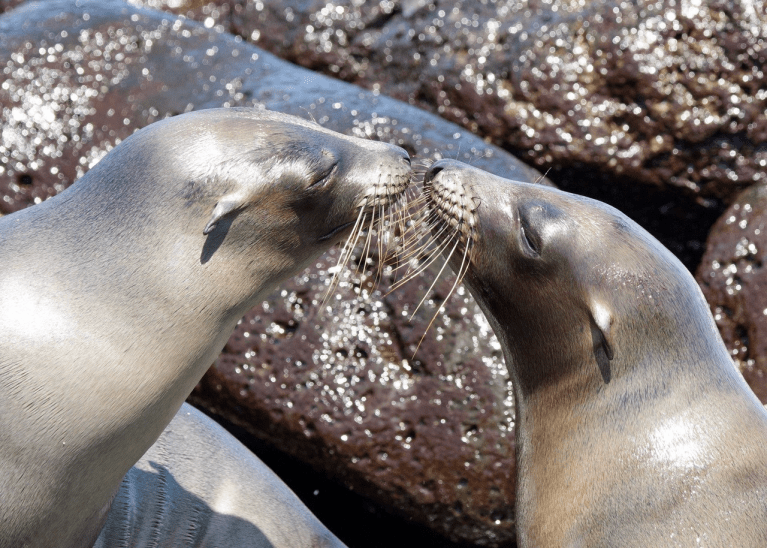
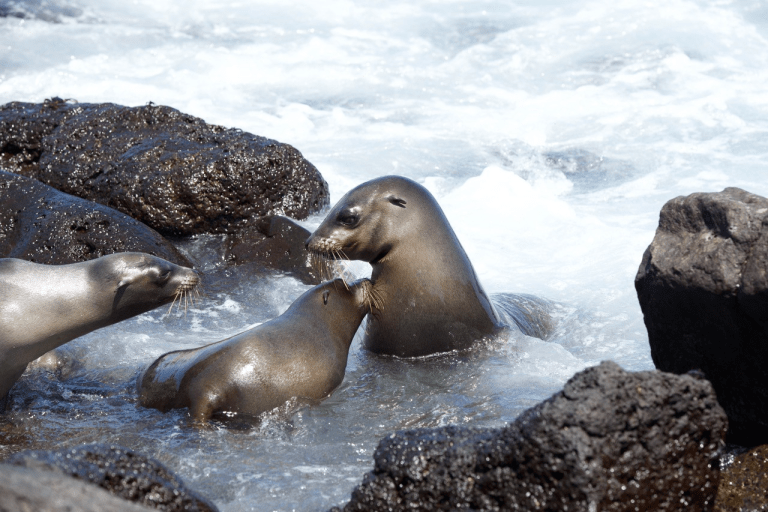

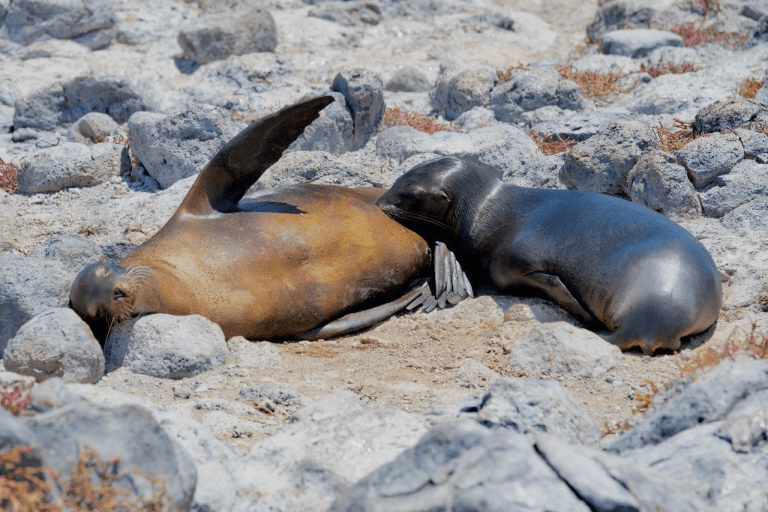

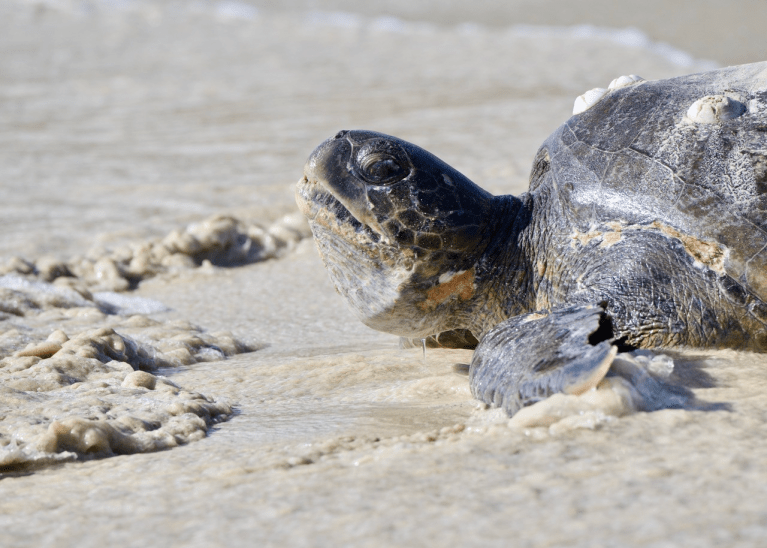
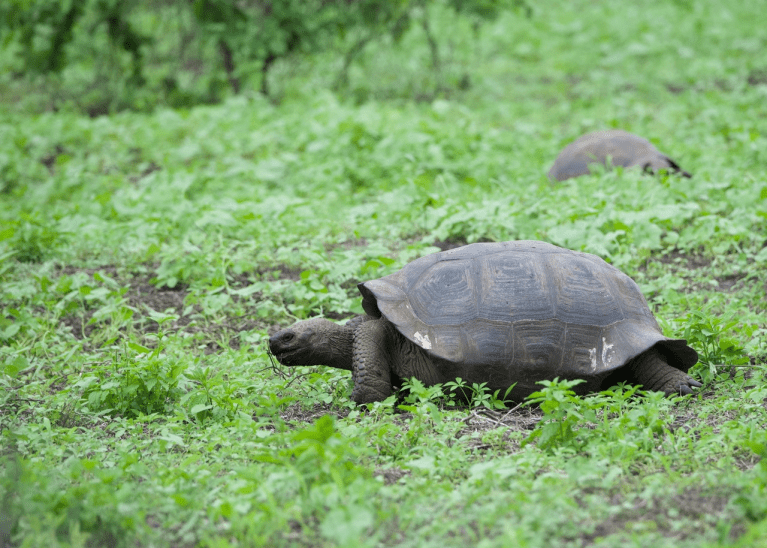

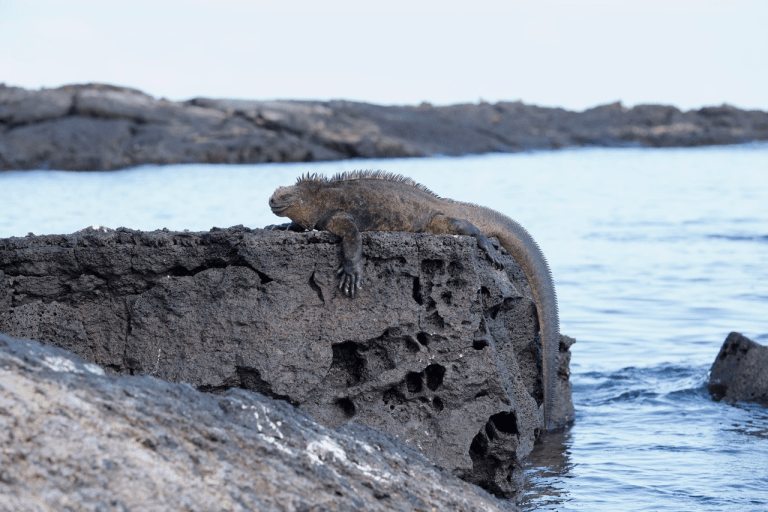


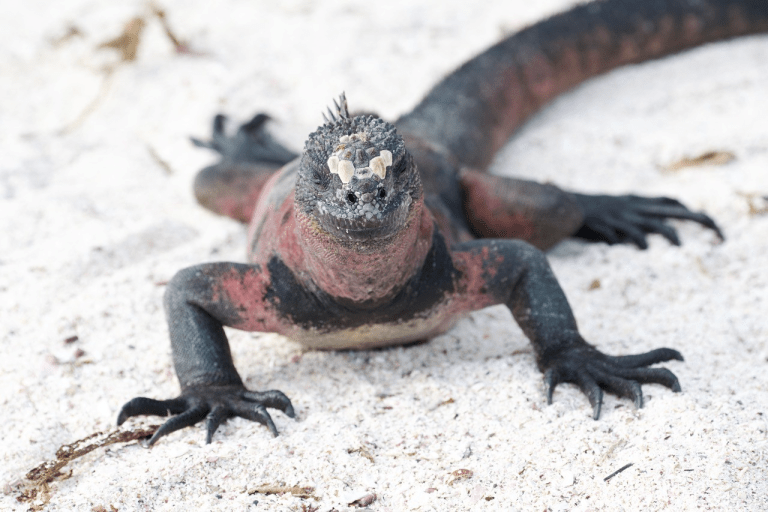
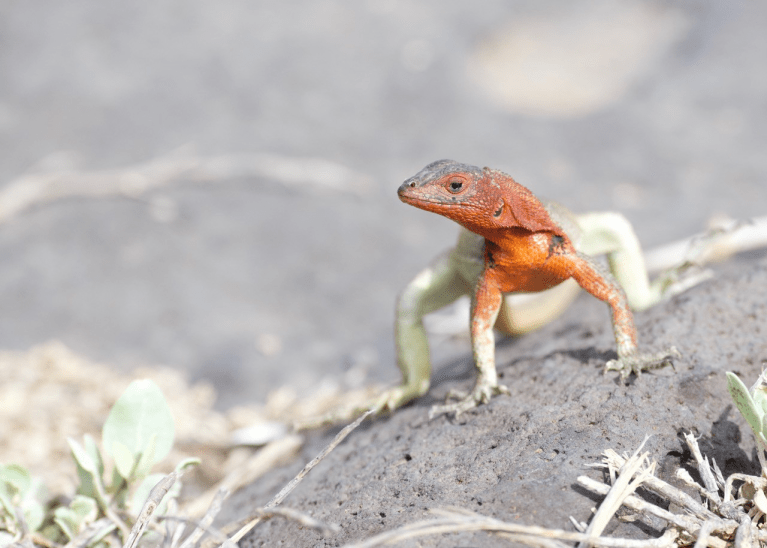



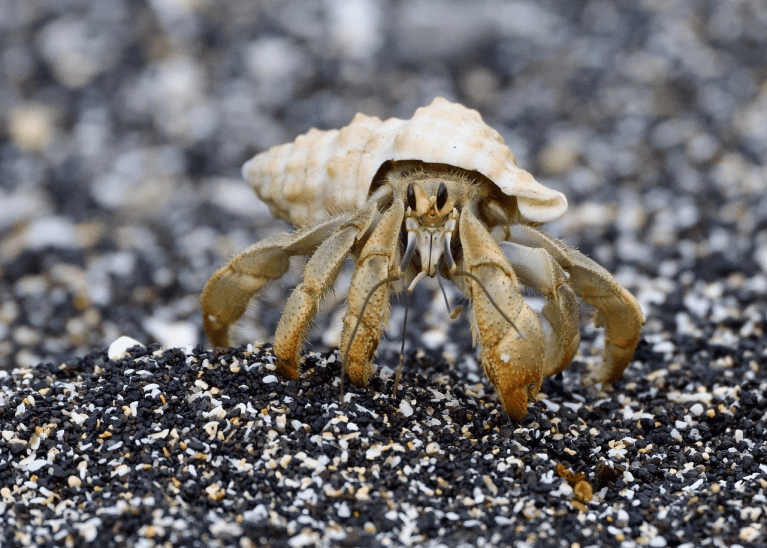
Such a great idea to occasionally highlight the Galápagos.
I was not aware they had “sandy beaches” (or whatever the precise term is). And
“… magnetic crystals in their brains …”
Has got to be the most amazing new fact I learned in a long time! I knew sharks (noses?), birds (beaks), and bacteria are magnetosensitive – but not green sea turtles, or that it could originate in brains!
Great post, very informative!
Lovely pix! The hermit crab reminds me of Bernie from the kids’ show “Puffin Rock.”
Great pictures!
Thank you for this wonderful information and photos!
Wonderful pictures – thank you very much!
These are great – thank you! The sea lion’s use of its whiskers is very interesting. No wonder it was named after a cat.
+1
Beautiful pictures leading to wonderful memories! Thank you!
I do have a slight issue with some of the statements about sea lions using whisker patterns to identify each other, specifically: “Sea lions use their whiskers to recognize each other by comparing the unique pattern and structure of the vibrissae.” and “This system (somatosensory) allows them to discriminate between different whisker patterns, aiding in the recognition and identification of conspecifics.” Looking at the website ‘Chilling Seals’, even the author acknowledges that this is speculative (and I haven’t found out who the author is yet and want to know). I’m going to check with a colleague who specifically works in pinniped sensory biology, but wanted to point out now that this is speculative (and I’m skeptical since whiskers get damaged, and are shed). Vibrissae are a very important sensory system for many animals and seal vibrissae patterns are unique like fingerprints, but at a similarly minute level of detail. You and I cannot distinguish individuals by looking at their finger tips or feeling them and I doubt sea lions can count and map vibrissae at the necessary level of detail to distinguish individuals. Note that when vibrissae are coming into close contact, so are mouths and noses and I suspect that chemical communications in these close quarters may be much more important.
Update: My colleagues agree that this and other things on the Chilling Seals website are nonsense, though there is some reasonable content as well. They noticed and I am ashamed to say I did not immediately, that this website is almost certainly created by AI (almost all content on the same day, highly repetitive, no contact or author info. easily available, etc.). One colleague is even concerned that it could be a vehicle for malware.
I’m still delighted with all the Galapagos photos!
Thank you for correcting this. It’s too bad that it’s not true because it’s such a good story and I want to believe it!
Wonderful photos and informative commentary. Thanks!